Stop Watching Your Garden Fry: A Pro’s Guide to Planting in Summer’s Heat
I used to spend my summers as a professional gardener just fighting with July. I’d watch beautiful new plants turn into sad, wilted messes by 3 PM, and honestly, it felt like I was losing a battle every single day. Then, an old-timer I worked with, a guy who had soil permanently etched into his hands, gave me advice that changed everything. He said, “You don’t fight the sun. You work with it.”
In this article
And just like that, it clicked. July isn’t about forcing delicate things to survive. It’s about choosing the right team of tough, heat-loving plants and giving them a smart start. It’s about really understanding what’s happening in the soil when the heat is on.
So, this isn’t just another list of flowers. It’s a collection of lessons I’ve learned from over two decades in the dirt. We’ll cover the plants I absolutely trust to perform, but more importantly, the techniques that help them do more than just survive. They’ll actually thrive and look amazing when other gardens are calling it quits.
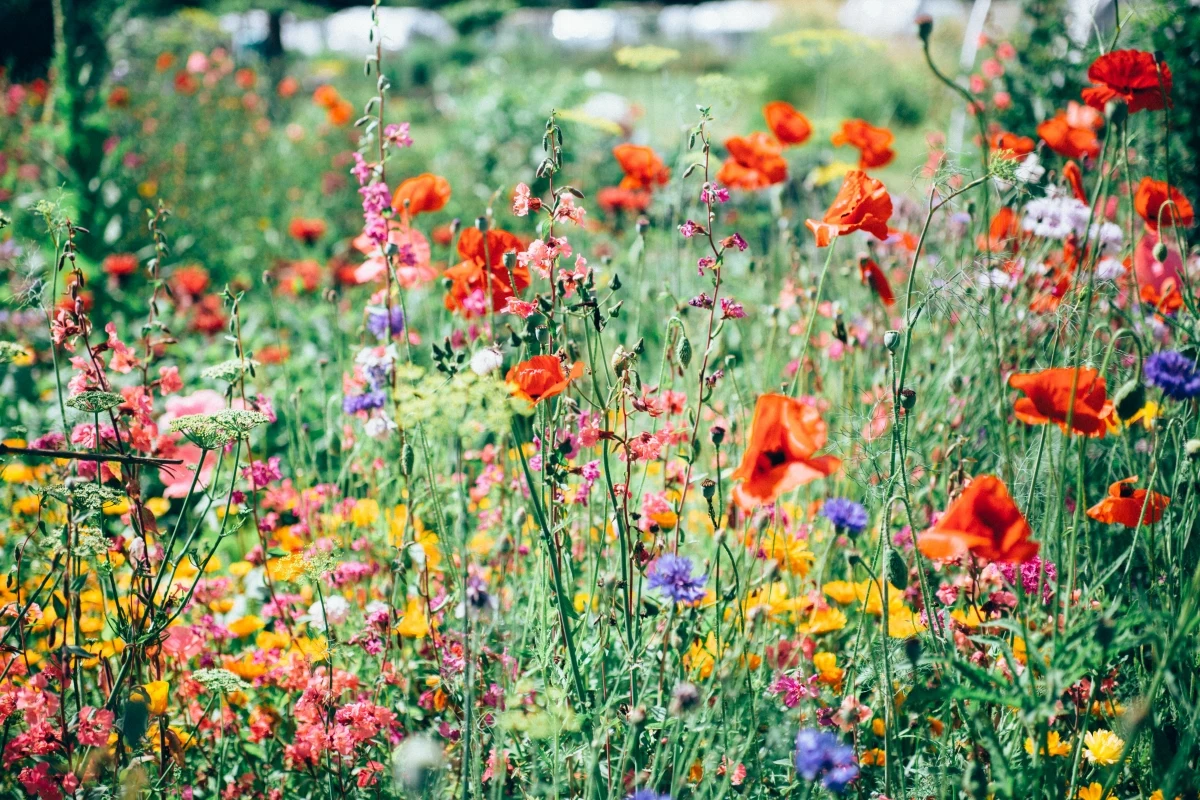
First, Know Your Enemy: The Science of Summer Stress
Before you even grab a trowel, it helps to know what your plants are up against. Plants are a lot like us—they have to work to stay cool. They do this by “sweating” through a process called transpiration, pulling water up from their roots and releasing it through tiny pores in their leaves. This is their built-in air conditioning.
The problem is, when it’s scorching hot and dry, a plant can lose water way faster than its roots can slurp it up. As a defense mechanism, it closes those pores. This saves water, sure, but it also shuts down the cooling system. The leaf’s internal temperature skyrockets, leading to that classic wilted, sun-scorched look. Your mission, should you choose to accept it, is to make this whole process easier for them.
Soil temperature is the other big villain here. Sun-baked soil can literally cook a plant’s shallow roots. This is why mulching isn’t just a nice-to-do in the summer; it’s absolutely essential. A simple two-to-three-inch layer of organic mulch, like shredded hardwood bark, acts like an umbrella for the soil. It keeps the ground underneath significantly cooler and, just as important, slashes the amount of water that evaporates. More water stays right where the roots can get it.
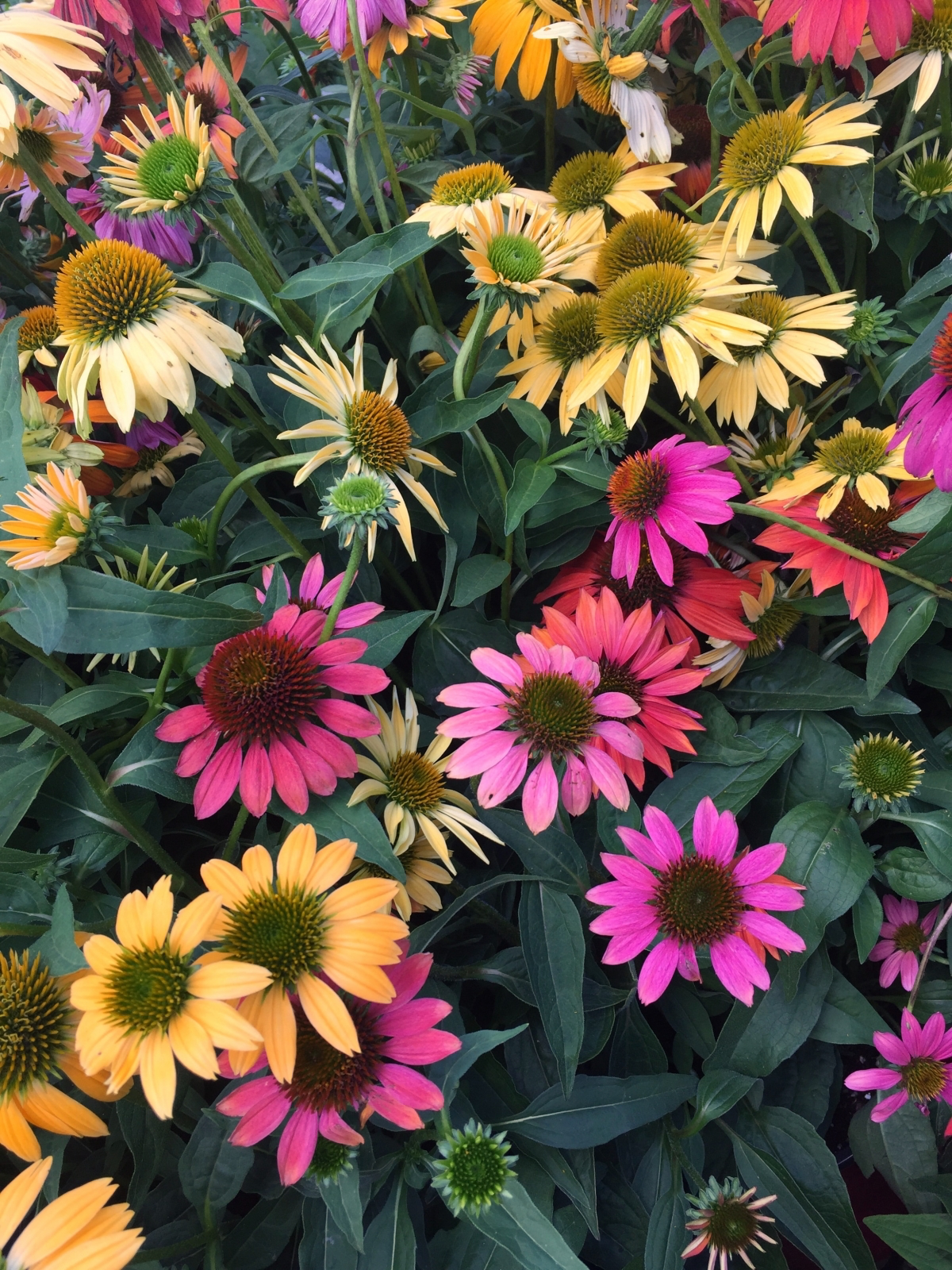
Water Smarter, Not Harder
The single biggest mistake I see people make is giving their plants a quick, light sprinkle every day. This is a terrible idea. It encourages weak, shallow roots that hang out right at the hot surface. The pro approach is deep, infrequent watering.
So, what does “deep watering” actually mean? Your goal is to give your garden the equivalent of about one inch of rainfall per week. With a soaker hose or drip irrigation, this might mean running it for 30-45 minutes, maybe twice a week, depending on your soil. An hour after you water, dig down a few inches with a trowel. Is the soil moist 6-8 inches deep? Perfect. You’re encouraging roots to grow down deep into the cooler, moister soil, creating a much more resilient plant.
How to Plant in July Without Killing Everything
Putting a plant in the ground in July is totally different from a cool spring day. You’re basically asking it to move into a new house during a heatwave. Your job is to be the best moving company ever and minimize the stress.
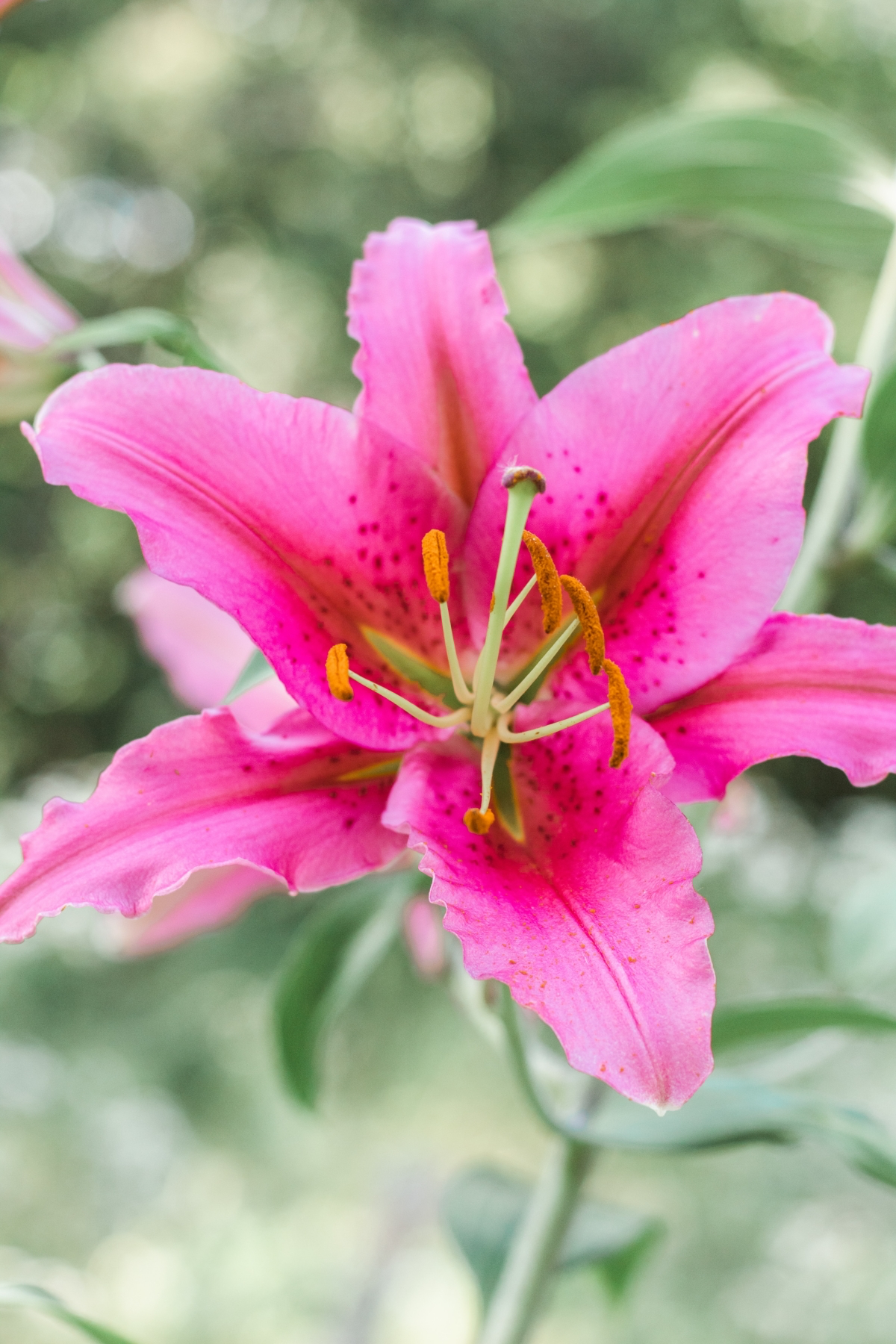
First, a quick tip for the nursery: When you’re picking out plants, try to grab the ones that look sturdy but aren’t in full, glorious bloom yet. This lets the plant focus its energy on growing strong roots in your garden instead of supporting flowers. Avoid anything with yellowing leaves or a thick mat of roots growing out the bottom of the pot.
Timing is Everything: Never, ever plant in the middle of a hot, sunny day. That’s just mean. I do all my summer planting either in the very early morning or as the sun is setting. This gives the plant hours of cooler temps to settle in before facing the heat.
Prep the New Home: I always “puddle in” my summer plantings. This means I dig the hole, then fill it completely with water and let it drain. For really dry soil, I’ll do this twice. This ensures the surrounding soil is hydrated and won’t immediately suck all the moisture out of the new plant’s root ball.
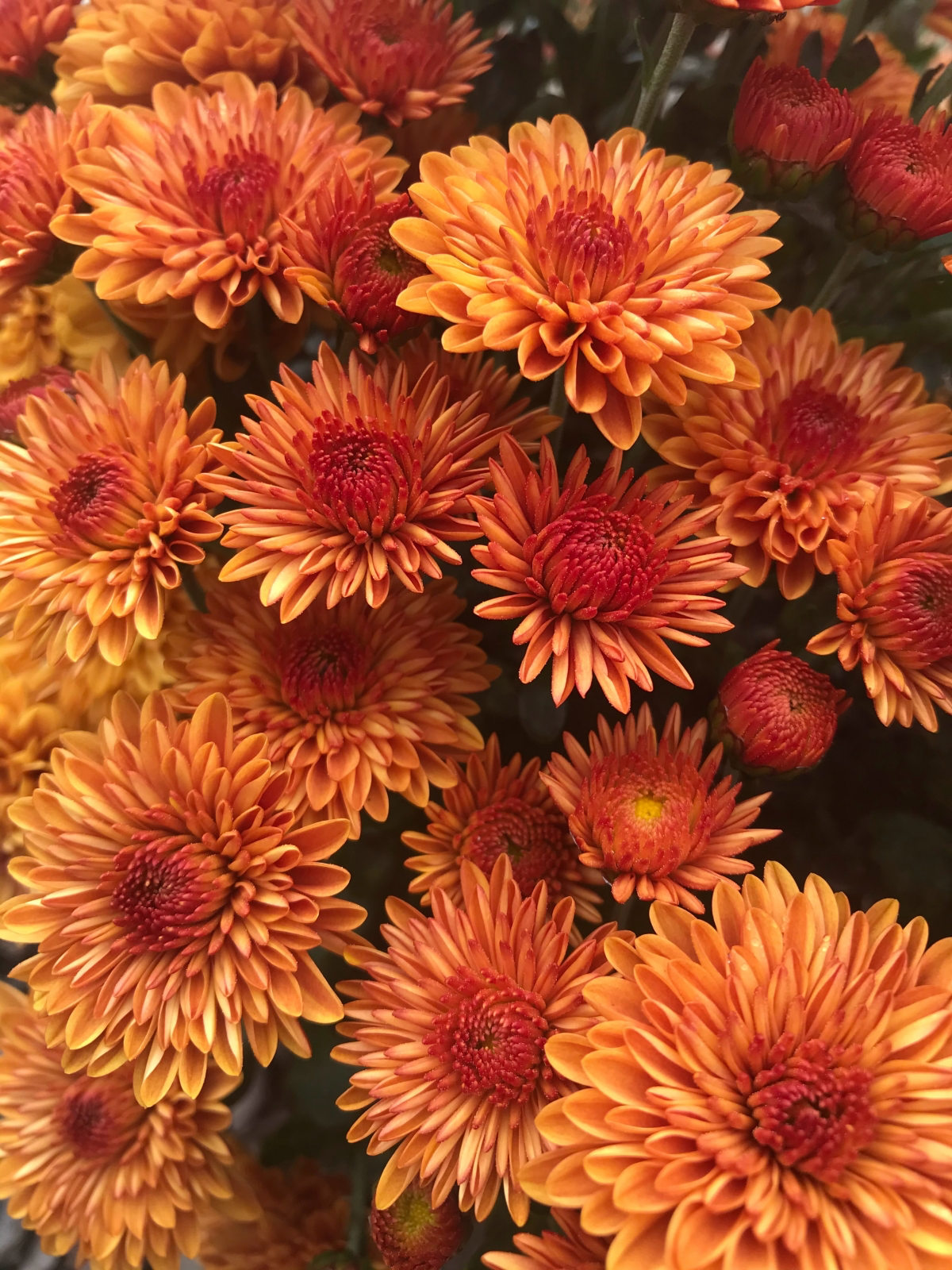
Handle with Care: Gently slide the plant out of its pot. If the roots are a tight, circling mess (we call this root-bound), gently tease the bottom ones apart with your fingers. I use a Hori Hori knife (a super-useful Japanese gardening tool), but an old steak knife or your hands will work fine. Set the plant in the hole so the top of its root ball is level with the ground.
Backfill and Water Again: When you fill the hole back in, mix the soil you dug out with some compost. A good rule of thumb is about 3 parts native soil to 1 part compost. This gives it a nice nutrient boost and helps hold water. Gently firm the soil, then give it another deep watering to settle everything in. For the first week or two, you might even give it some temporary shade with a lawn chair during the hottest part of the afternoon.
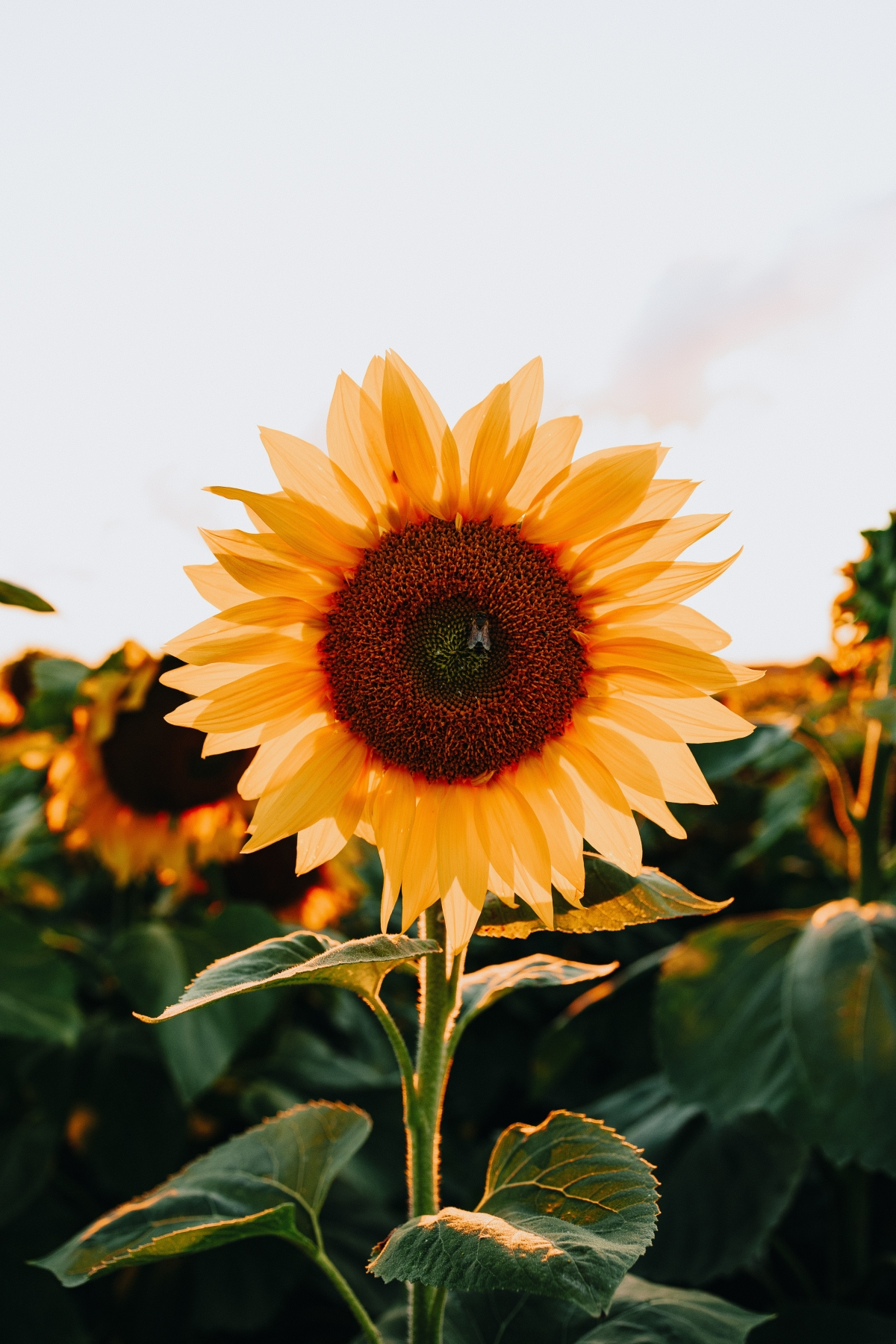
My Go-To Flowers for a Sizzling Summer
Alright, let’s get to the stars of the show. These are the plants that have proven their mettle time and time again. If you want pure, explosive color, Zinnias are your ticket. For a more natural, meadow-like feel, you can’t beat Coneflowers. And for that
Galerie d’inspiration
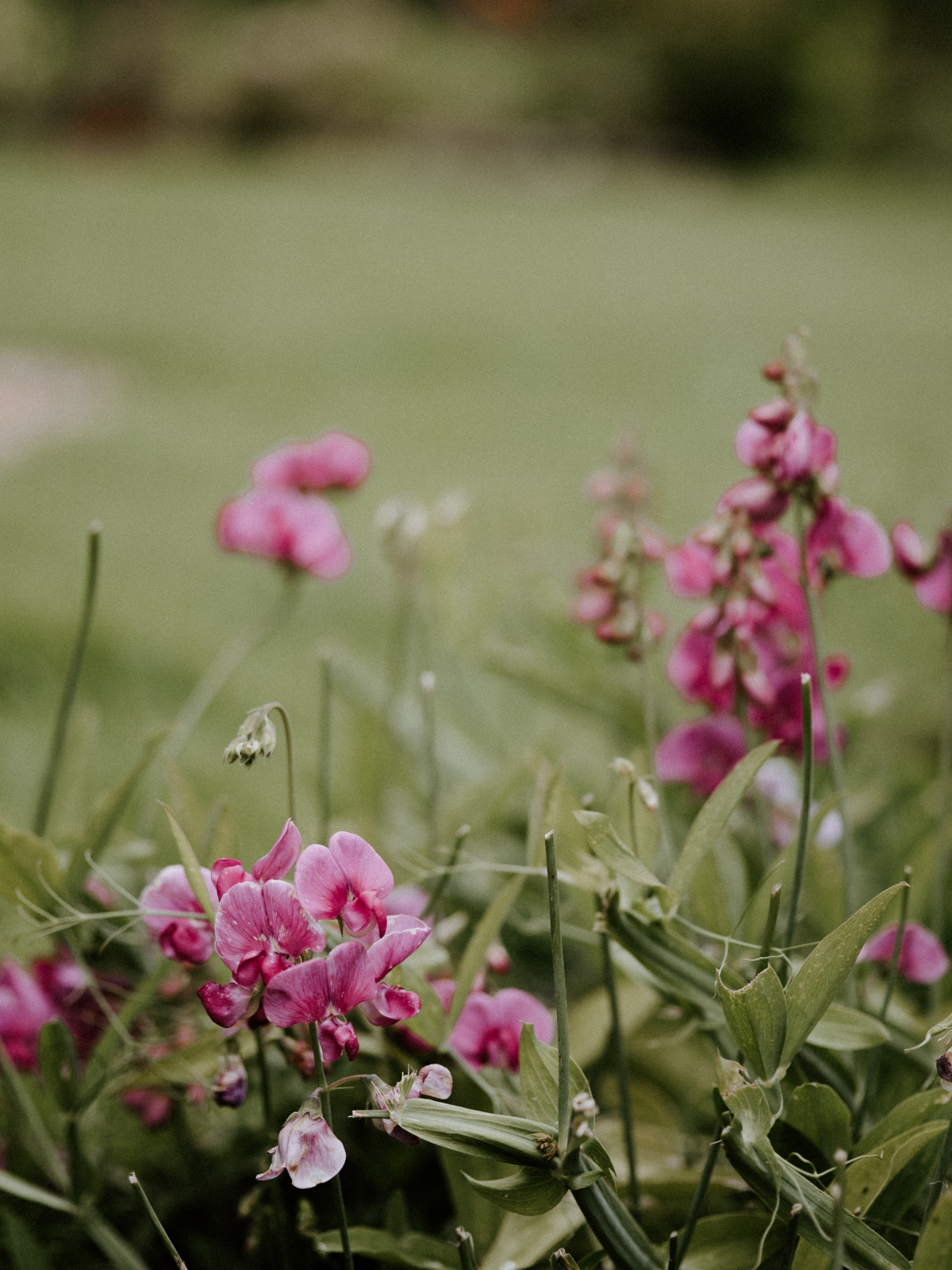
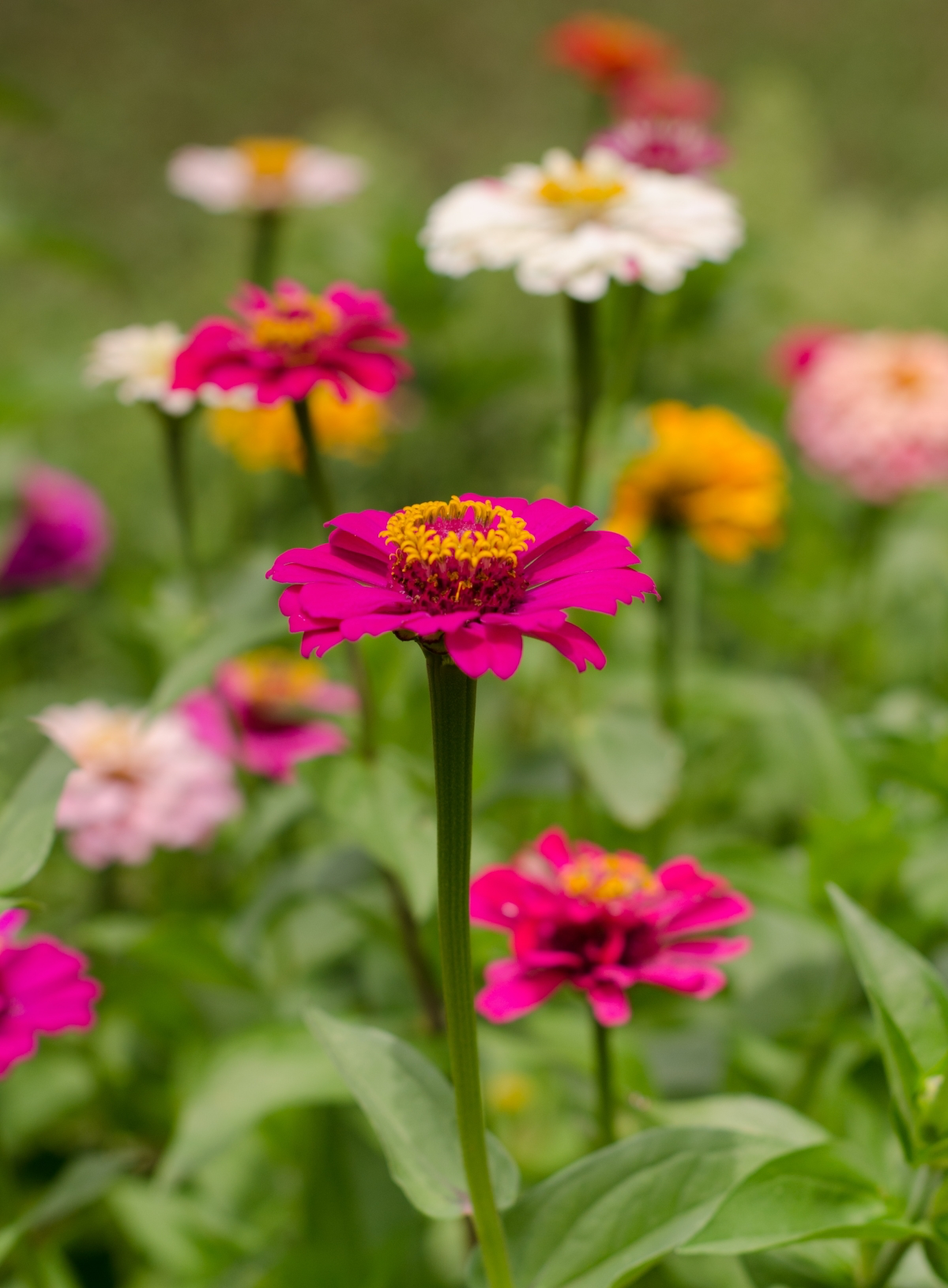
How can I protect delicate new plantings from the brutal afternoon sun without building a permanent structure?
Think temporary and tactical. For prized plants like hydrangeas or Japanese maples, a DIY sun shield can be a lifesaver. Simply push three or four tall bamboo stakes into the ground around the plant. Then, drape a piece of light-colored, breathable fabric, like inexpensive burlap or a specific shade cloth from a brand like Agfabric (aim for 30-40% shade), over the stakes. Secure it with clips. This creates a filtered light environment that cuts the intensity of the sun during the peak heat hours, dramatically reducing water loss and leaf scorch. Remove it in the evening to allow for better air circulation.
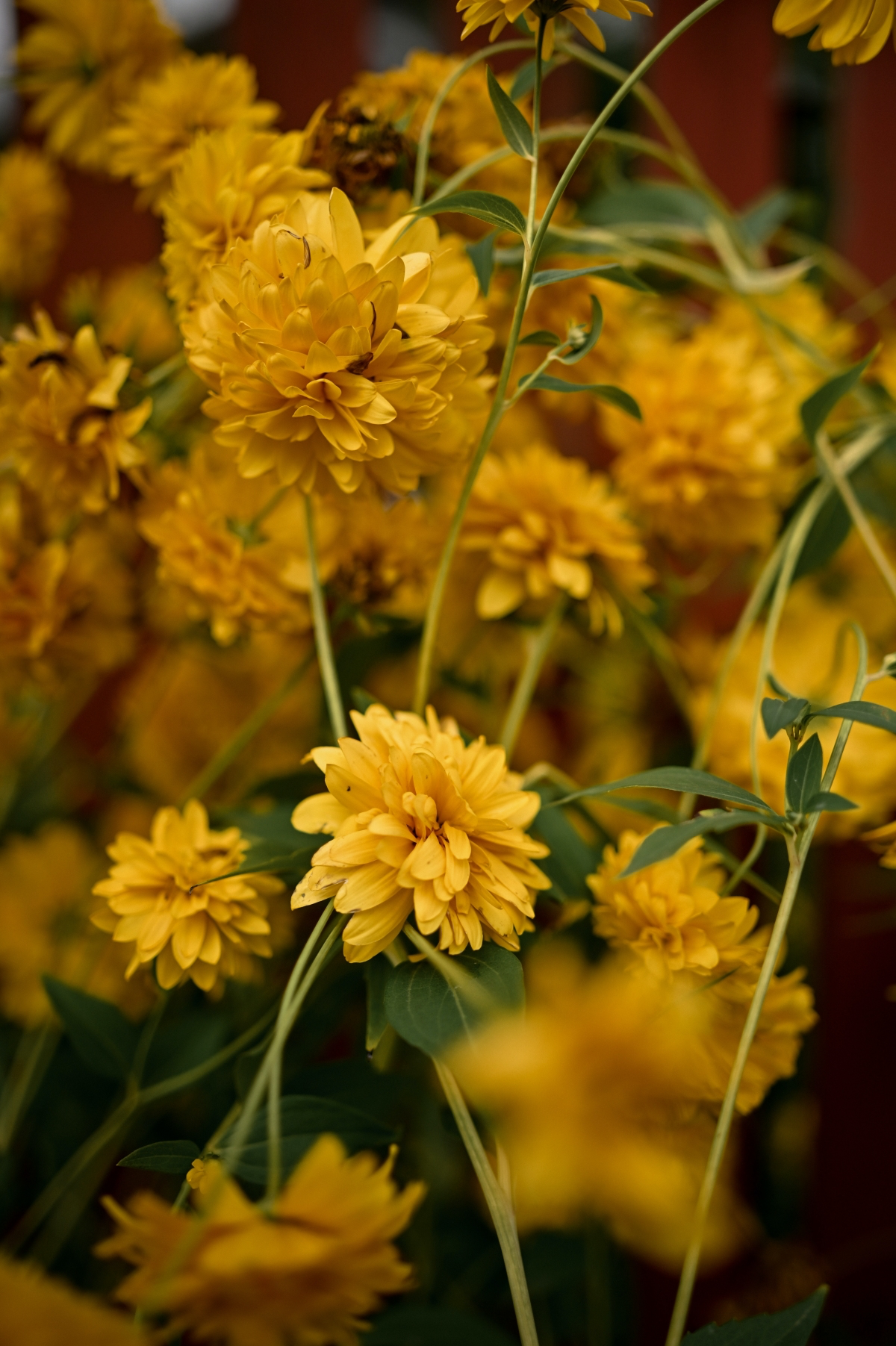
Over 50% of landscape water is lost due to inefficient watering methods and evaporation.
This is where your watering technique becomes crucial. Instead of a quick spray with a hose, which wets the surface and encourages shallow roots, practice deep, infrequent watering. Use a soaker hose snaked around the base of your plants or a drip irrigation system. Water early in the morning (between 5 and 9 AM) to minimize evaporation and allow the water to penetrate deep into the soil, encouraging roots to grow downward where the soil stays cooler and moister.
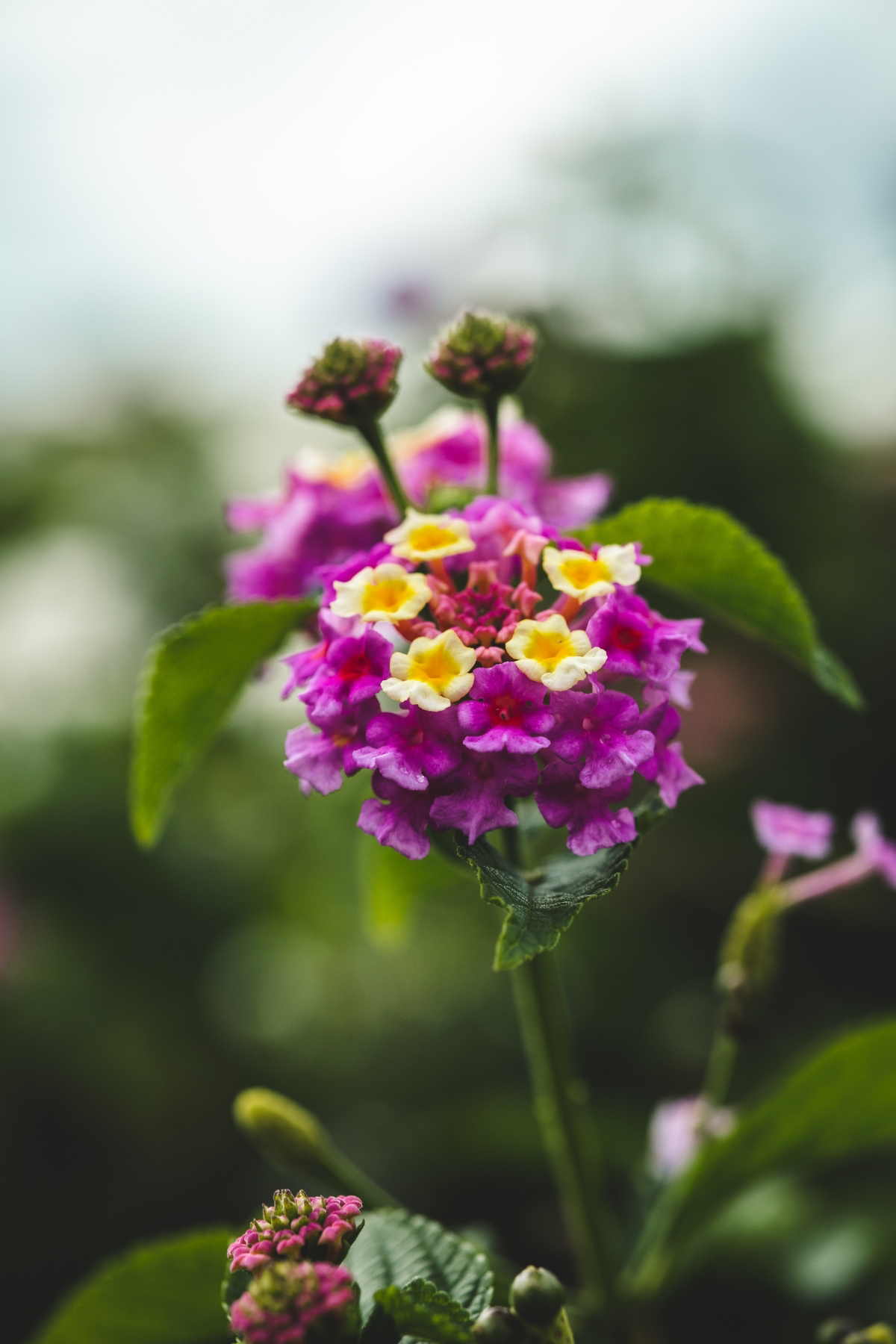
Soaker Hose: A porous hose that “weeps” water along its entire length. It’s fantastic for straight rows in vegetable gardens or dense flower beds. It delivers water directly to the soil line, keeping foliage dry and reducing the risk of fungal diseases.
Drip Irrigation: A system of tubes with individual emitters placed at the base of each plant. It’s more precise, making it perfect for mixed plantings with varying water needs, container gardens, or shrubs. Brands like Rain Bird or Orbit offer easy-to-install starter kits.
For most home gardens, a quality soaker hose offers the best balance of efficiency and simplicity for summer watering.
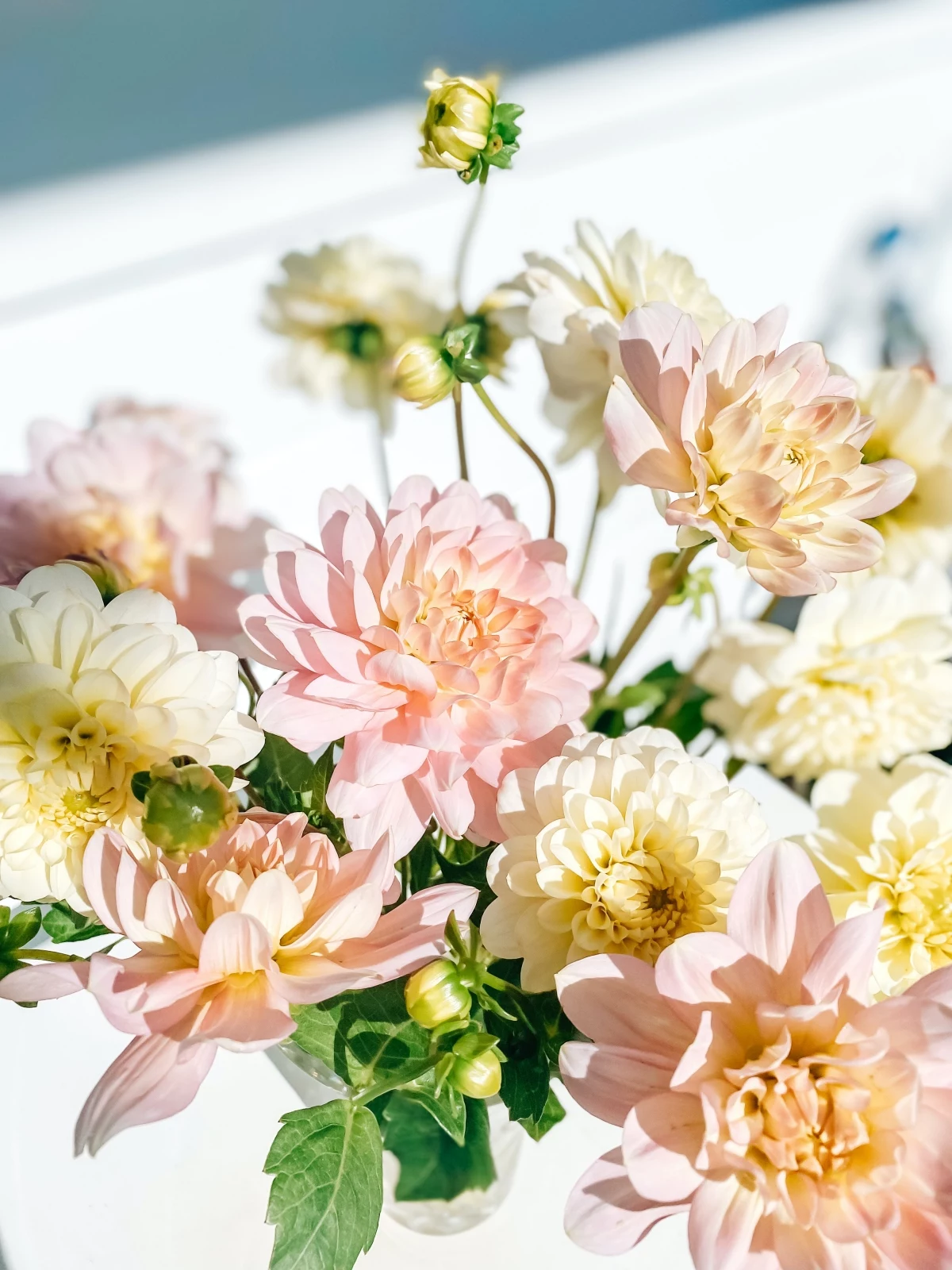
Embrace the aesthetic of heat-tolerant landscapes. Instead of fighting for a lush English garden look in July, draw inspiration from Mediterranean and xeriscape designs. Think drifts of Russian Sage (Perovskia) with its silvery foliage and purple spires, the bold architectural form of Yucca, or the bright, cheerful flowers of Gaillardia. Pair them with gravel mulch, terracotta pots, and stone accents. This approach doesn’t just ensure survival; it creates a garden that is inherently beautiful and in harmony with the summer season.
The secret to resilient summer plants is a soil that acts like a sponge. Before planting, amend your soil to maximize its water-holding capacity. This single step can drastically reduce watering chores and plant stress.
- Coconut Coir: This sustainable byproduct of coconut harvesting can hold up to ten times its weight in water. Mix it into your planting holes to create a reservoir for roots.
- Aged Compost: More than just a fertilizer, well-decomposed compost improves soil structure, creating pockets that hold both air and water.
- Biochar: For a long-term investment, consider adding biochar. This porous charcoal-like substance permanently increases the soil’s ability to retain water and nutrients, a true game-changer for hot, dry climates.










